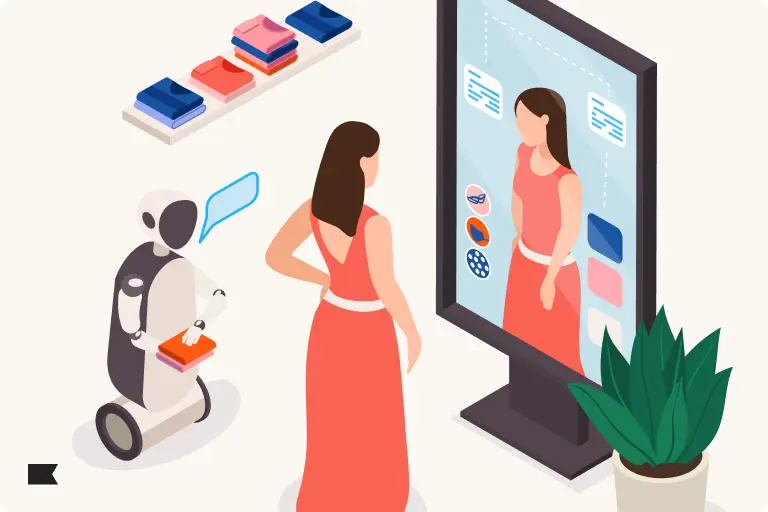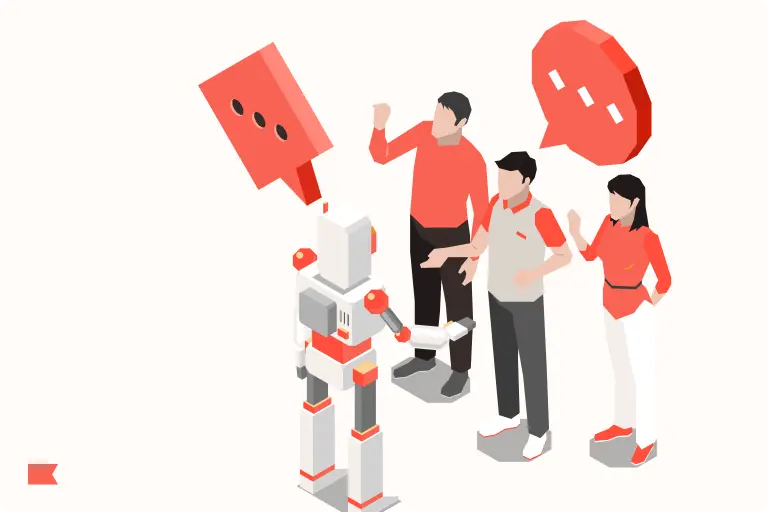Inside Klaviyo’s UI power hour: how vibe coding is rewriting collaboration

A few months ago, a teammate shared a blog post called “The UI Power Hour,” which described a 60-minute design-and-engineering ritual for polishing the tiny product details that never make it onto a roadmap. Details like “align those two buttons where the alignment is just slightly off.”
The premise of the idea was simple. Pair one designer and one engineer for one hour, pick something to polish, skip the handoffs, and just fix what’s bothering you.
The idea lit a spark. Within a few days, our Analytics team tried its first Power Hour. Somewhere in those first few sessions, we started doing something else entirely.
We had originally started out as designers and engineers jamming together as two shared halves of a brain. But after a few sessions we learned how the other teammates thought, broke down problems, and came up with solutions. We got a sense of how the others worked, and could start to do it on intuition.
Power Hour, then, evolved into vibe coding.
What exactly is vibe coding?
Vibe coding is using natural language and intuition to make software do what feels right without obsessing over syntax or architecture. The term, recently named Collins Dictionary’s Word of the Year, was coined by AI pioneer Andrej Karpathy to describe building software by simply telling a machine what you want.
In practice, vibe coding is a creative conversation between humans and technology. It’s a way of translating ideas into action at the speed of imagination.
At Klaviyo, that spirit has become part of how we work. Each week, our teams dedicate an hour to this practice. What started as a product design exercise has become a rhythm of collaboration and a new way of building together.
How vibe coding works at Klaviyo
It began simply. An engineer and I started with nothing and jammed for a one-hour session. No tickets. No sprint planning. No Jira debates. Just a question: What’s the most annoying thing on this page? Then we fixed it live, together, in code.
Those early sessions were scrappy. One session turned into weekly sessions complete with excellent snacks, great energy, and an insanely fast burn rate of tickets that made a real difference in the UI.
Once product designers gained access to Cursor, an AI-assisted coding environment, the momentum shifted. Suddenly, designers could use AI to ship pull requests, sometimes their first ever. Engineers sat beside them, doing the same. Everyone was together to offer guidance and context and perspective, but the lines between our roles got a lot blurrier.
Soon, design debt stopped feeling like a backlog and started feeling like a creative playground. In less than a month, the ritual spread:
- Four Klaviyo teams now host their own Power Hours, most of which vibe code a good portion of the fixes.
- More than a dozen UI polish tickets ship each month that almost certainly never would have made it onto a roadmap.
- Designers who had never committed code before now do it confidently, with AI as their co-pilot.
The workflow is fast, collaborative, and more deeply human than was ever possible with Jira tickets and handoff files.
Lowering barriers, raising ceilings
Vibe coding lowers barriers to entry. You don’t have to be an expert to know how to fix the simple things.
For designers at Klaviyo with minimal coding experience, vibe coding means that they can finally go in and just fix the damn thing without having to make a big deal out of it. For engineers with minimal design experience, vibe coding means that they can rely on an LLM to reference existing guidance, components, and UI patterns to fix something even if they don’t know exactly the right words to use.
But vibe coding also raises the ceilings of what’s possible. Our teams would never have been able to power through so many backlog tickets in just one hour. Now here we are doing it week after week, team after team.
So yes, vibe coding may be the Word of the Year. But for us, it’s an opportunity for each of us to become something more: builders, creators, collaborators. Seeing what Power Hour can bring to our team is a reminder that great products – and great relationships – are built one good vibe at a time.

Related content

Discover the impact of AI on marketing and how brands can adapt with conversational content, personalization, and AI-powered customer experiences.

Discover the impact of AI on customer service and how LLMs like ChatGPT are raising expectations for speed, empathy, and personalization in B2C support.

4 important AI commerce developments B2C marketers might have missed, and what they mean for you right now.